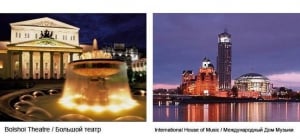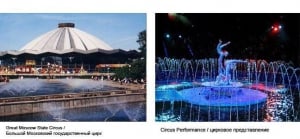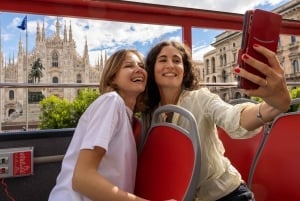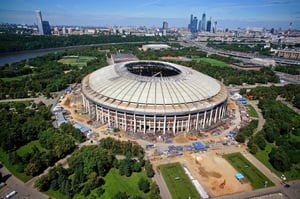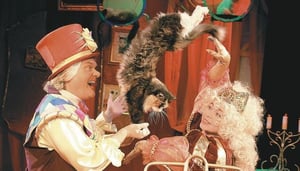Theatres and Circuses in Moscow
Theatres
Moscow’s theatrical heritage is actually relatively young and dates back only to the middle of the 18th century when the Kremlin used the fortress’ peasants as actors. However, theatre was given massive popular and political support in the heyday of the Soviet Union which transformed Moscow into one of the recognised theatre capitals of the world. Today, political backing might not be as strong but the foundations were set and Moscow continues to be one of the world centres for opera and ballet. Just the mention of the Bolshoi Theatre is enough to conjure scenes of artistic brilliance.
The Bolshoi Theatre is the oldest in Russia and the second largest in Europe after Milan’s La Scala. It is difficult to beat the experience of watching Tchaikovsky’s classic Swan Lake in such evocative surroundings, sitting upon the stiff slightly worn-out seats, breathing the air of the legendary theatre and feeling the presence of famous people who visited or played here throughout the Bolshoi Theatre’s glorious past. The Bolshoi is understandably the most frequented by tourists and prices are considerably more expensive than other theatres in Moscow.
Other recommended theatre options include the New International House of Music for classical music lovers, the Moscow Art Theatre within walking distance of the Red Square for Naturalism creating a perfect illusion of reality and the Maly Theatre producing heritage plays having retained its own symphony orchestra and professional choir (the only one in Russia). This by no means is an exhaustive list and depending on your preference you might fancy the Helikon Theatre with its often controversial productions of the classics or the Children’s Musical Theatre which is today a Moscow institution introducing younger audiences to the joys of opera and ballet in an appropriate environment.
Russia’s capital can boast over seventy theatres covering drama and comedy, musicals and children’s plays as well as a number of concert halls. Tickets for plays and concerts can be bought directly from the theatre or concert hall box offices. Kiosks selling tickets, called 'Teatralnaya Kassa', can also be found in underpasses and near entrances to almost every central metro station.
Circuses
During the Soviet era, circuses had a prime position in Russia’s popular entertainment with over seventy circus buildings across the Soviet states, a specialised training-school system and thousands of performers working for the State circus offering secure employment and a pension on retirement. Even though we now live in a different era, the legacy of the system lives on with Moscow’s two world-famous circuses still putting on ground-breaking shows by amazing acrobats, dancers, magicians, aerialists, equilibrists, clowns and trained animals performing even on water and on ice, producing incredible feats and dazzling illusions. Guaranteed fun for all the family.
The Moscow Circus on Tsvetnoi Boulevard was the only circus in Moscow between 1926 and 1971 and the troupe was awarded the Order of Lenin in 1939. It still remains the most popular one. Among its noted performers were the clowns Karandash, Oleg Popov, and Yury Nikulin. In front of the building is a remarkable statue of Nikulin, whose son has been in charge of the circus ever since his death.
Opened in 1971, the Great Moscow State Circus can seat up to 3,400 people and the height of the amphitheatre is 36 metres It is a state-owned enterprise which was threatened by the dismantling of the Soviet Union. However in 2007, the then President Vladimir Putin eliminated the building from the list of state properties to be privatised. The present company employs several hundred artistes performing in its five arenas, namely equestrian, water, illusion, ice rink, and light-effects. Performances are held daily in the afternoon and evening.


